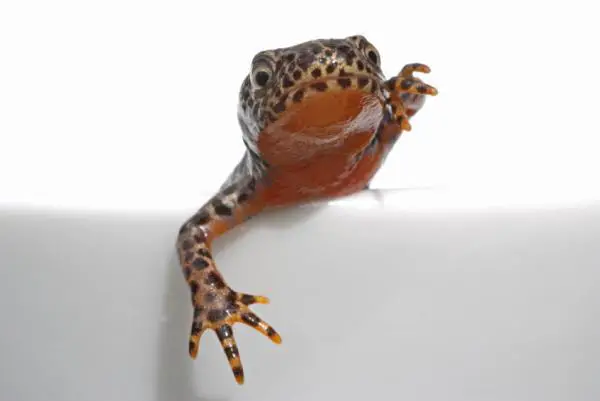Thanks to startling new research on immune cells in salamanders, medical science may be able to help humans one day regrow their limbs and regenerate their organs.
The key? Salamanders’ immune systems hold the secret to regrowing limbs. It could also help them regenerate spinal cords, brain tissue and even parts of their hearts, researchers have discovered.
Scientists from the Australian Regenerative Medicine Institute (ARMI) at Monash University found that immune cells — known as macrophages — are removed in salamanders, the amphibians lose their capability to regrow a limb. Instead, their bodies formed scar tissue.
Head researcher Dr. James Godwin says this brings scientists closer to understanding the biological conditions needed to regenerate body parts in humans.
“Previously, we thought that macrophages were negative for regeneration, and this research shows that that’s not the case – if the macrophages are not present in the early phases of healing, regeneration does not occur,” he explained.
 The next step is to discover how macrophages are contributing to regeneration. In the future, this could lead to treatments modify the human immune system to trigger regenerative processes pathway.
The next step is to discover how macrophages are contributing to regeneration. In the future, this could lead to treatments modify the human immune system to trigger regenerative processes pathway.
Salamanders react to injury in a clever way. Their bodies complete restore tissue in any part of their system including organs. The regrown tissue is scar free and an almost perfect copy of what was lost at the injury site before the injury happened.
Godwin says that studying the healing processes of salamanders could lead to new cures for a number of common conditions, such as heart and liver diseases.
Discovery of scar-free healing could also drastically kick start patients’ recovery after their have surgery.
“We may be able to turn up the volume on some of these processes. We need to know exactly what salamanders do and how they do it well, so we can reverse-engineer that into human therapies,” explained Godwin.
The study was published in the Proceedings of the National Academy of Sciences.

